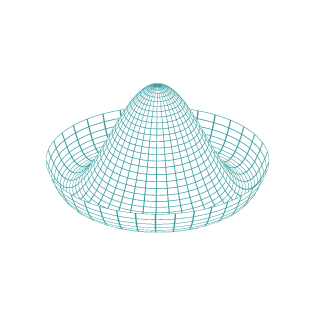I found out the hard way why safety glasses are recommended for pouring any hazardous liquid, regardless of how careful you are.
Yesterday I poured liquid pool chlorine (10.5%) from a measuring cup into the pool with my arm outstretched, and the cup only 4 inches or so from the surface of the water. Same way as I'd done for 10+ years. But this one time a very small droplet of liquid chlorine splashed back up into my eye -- splashing approx 3 feet up after only a 4 inch drop. Even after flushing the eye immediately I had to go to the hospital for medical attention.
It seems to defy physics, but it's possible as long as the droplet is small (a "piece" of the original drop gets the energy of the rest of the drop transferred to it).

 physics.stackexchange.com
physics.stackexchange.com
Safety glasses from now on!
Yesterday I poured liquid pool chlorine (10.5%) from a measuring cup into the pool with my arm outstretched, and the cup only 4 inches or so from the surface of the water. Same way as I'd done for 10+ years. But this one time a very small droplet of liquid chlorine splashed back up into my eye -- splashing approx 3 feet up after only a 4 inch drop. Even after flushing the eye immediately I had to go to the hospital for medical attention.
It seems to defy physics, but it's possible as long as the droplet is small (a "piece" of the original drop gets the energy of the rest of the drop transferred to it).
Can a drop of liquid splash as high as its origin?
Through the conservation of energy, a rubber ball will never bounce as high as there from which it is dropped. But are liquids subject to the same force? In particular, if I a pour liquid on the g...
Safety glasses from now on!

